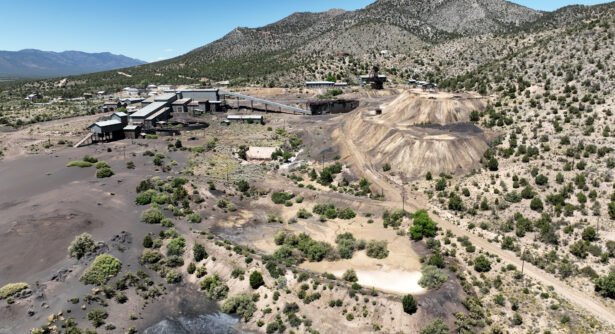
Building Equity with Electric Vehicle infrastructure
Electric vehicles (EVs) are quickly becoming a popular choice for those looking for an environmentally-friendly mode of transportation. In 2022, EVs accounted for 10% of new vehicle sales in the United States, and the country hopes to increase that figure to 50% of vehicles sold by 2030. Expansion of charging infrastructure is critical to support this burgeoning growth in EV’s. However, we risk EV adoption being unattainable to the communities that would benefit the most from improved air quality and reduced emissions if access to EVs, and the infrastructure necessary to charge them, is not equitable.
Low-income and marginalized communities often bear the burden of pollution and environmental degradation. Traffic, especially from large diesel trucks, perpetuate this pollution, leading to increased rates of asthma and other respiratory problems. Increasing EV use in marginalized communities will have more public health benefit than in affluent communities that don’t suffer from the same pollution concerns. Scientific American goes as far as to call access to EVs an environmental justice issue.
The lack of charging infrastructure is one of the biggest barriers to widespread EV adoption. While those who live in single family homes may have easy access to outlets for at-home charging, this is less true for multifamily homes, and apartment buildings. Low-income and rural communities have fewer charging stations per capita, putting these communities at a disadvantage in the transition to EVs.
Available sites and private investment for charging stations may be limited in urban and underserved areas. For this reason, there is wide support from federal agencies and other stakeholders to repurpose brownfield properties, many of which are in marginalized communities due to redlining and past zoning decisions. Brownfield reuse would provide an opportunity for expanded charging stations and a just transition away from gas-powered vehicles. By reusing idled and potentially contaminated sites, communities can benefit from new charging stations while also eliminating legacy pollution and improving community aesthetics.
On January 24, 2023, CCLR, EPA, ICF and the East Bay Community Energy (EBCE) hosted a webinar called “Charging Forward: Revitalizing Underutilized Sites into EV Charging Sites” to share what makes an ideal EV charging site, how to utilize brownfield grants for reuse, and how EBCE is approaching its EV charging infrastructure with environmental justice in mind.
Watch the Webinar View the Slides
Topics covered in the webinar included:
- How to select a site
- Available funding opportunities
- How to apply for funding
- Examples of successful EV charging projects in EJ communities
Ideal attributes for EV charging stations include: access to electric and road infrastructure, easily accessible, and close proximity to jobs, housing and shopping centers. Many brownfields, such as former gas stations, meet the criteria for an EV charging station. By using available funding and partnerships, brownfields can be remediated and converted into ideal sites for charging stations. As the technical assistance provider for EPA brownfield grants on the west coast, CCLR is available to assist in the process of site selection, community engagement, and securing EPA grants.

Spring Lake Apartments in Woodland, CA utilized EV charging station financing program by the California Energy Commission to provide EV charging for tenants.
After installing EV charging stations, the last thing you want is for them to sit unused due to low adoption of EVs in your community. Prices for EVs are coming down, however they are still more expensive than traditional gas-powered cars. This can make it difficult for low-income individuals and families to afford an EV, even if charging infrastructure is available in their area. New policy initiatives are offering ways to reduce the burden of EV adoption.
Federal government-funded financial incentives and subsidies for low-income individuals and families to purchase EVs are essential to increase accessibility to vehicles. New rebate programs prioritize vehicles and batteries made in America, with a maximum rebate of $7,500 on new vehicles, and $3,500 on the purchase of used EVs. Many states have their own grants and incentives on top of federal programs. California’s Clean Vehicle Assistance Program provides grants and affordable financing to qualifying individuals. Communities can supplement these incentives with programs such as microgrants, EV ride share programs, and workshops to increase awareness for resources. There are also the much more affordable options of e-bikes and scooters, which can be viable alternatives in urban areas or small towns.
For EVs to truly make a difference in the fight against climate change and for the environment, it’s important to invest in charging infrastructure in low-income and rural communities, provide financial incentives and subsidies for low-income individuals and families to purchase EVs, and work to ensure that charging infrastructure is accessible to all. Only then can we ensure that the benefits of EVs are enjoyed by everyone, not just a select few.





